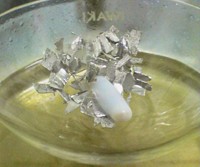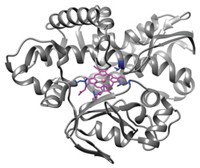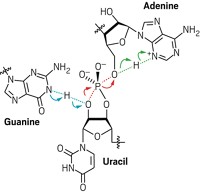Advertisement
Grab your lab coat. Let's get started
Welcome!
Welcome!
Create an account below to get 6 C&EN articles per month, receive newsletters and more - all free.
It seems this is your first time logging in online. Please enter the following information to continue.
As an ACS member you automatically get access to this site. All we need is few more details to create your reading experience.
Not you? Sign in with a different account.
Not you? Sign in with a different account.
ERROR 1
ERROR 1
ERROR 2
ERROR 2
ERROR 2
ERROR 2
ERROR 2
Password and Confirm password must match.
If you have an ACS member number, please enter it here so we can link this account to your membership. (optional)
ERROR 2
ACS values your privacy. By submitting your information, you are gaining access to C&EN and subscribing to our weekly newsletter. We use the information you provide to make your reading experience better, and we will never sell your data to third party members.
Synthesis
Twisted Nature Of Transition States
The long-held adage that enzymes stabilize a reactant’s transition state to speed up reactions may not be universally true
by Sarah Everts
January 18, 2010
| A version of this story appeared in
Volume 88, Issue 3

A textbook rule about enzyme catalysis is being called into question by Jonathan M. Goodman of the University of Cambridge and Luis Simón of Spain’s University of Salamanca. The duo finds that the long-held adage that an enzyme’s active site stabilizes a reactant’s transition state in order to speed up reactions might not be universally true (J. Org. Chem., DOI: 10.1021/jo901503d). After reviewing hundreds of so-called oxyanion-hole enzyme structures, which catalyze addition reactions to carbonyl groups, Goodman’s team noticed that active-site residues in these enzymes don’t form optimally oriented hydrogen bonds to transition-state atoms. Instead, the hydrogen bonds are twisted around the carbonyl axis by up to 90°, Goodman says. There’s some evolutionary logic behind the twisted bonds. Goodman points out that hydrogen bonding that is too snug might decrease the speed of a reaction because molecules could find interacting with the enzyme too enjoyable to move along quickly. That observation might be useful to scientists designing artificial enzymes and organocatalysts, the researchers suggest.





Join the conversation
Contact the reporter
Submit a Letter to the Editor for publication
Engage with us on Twitter